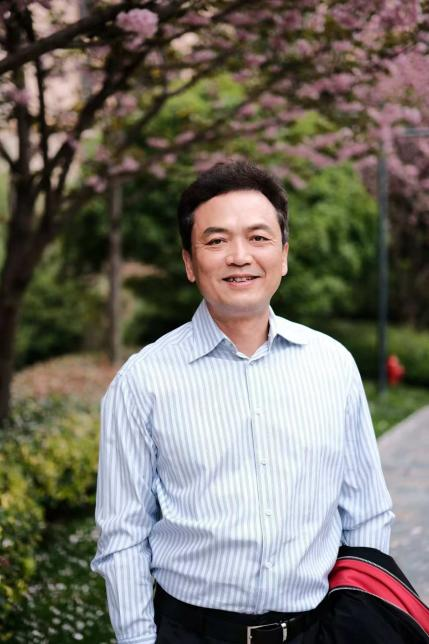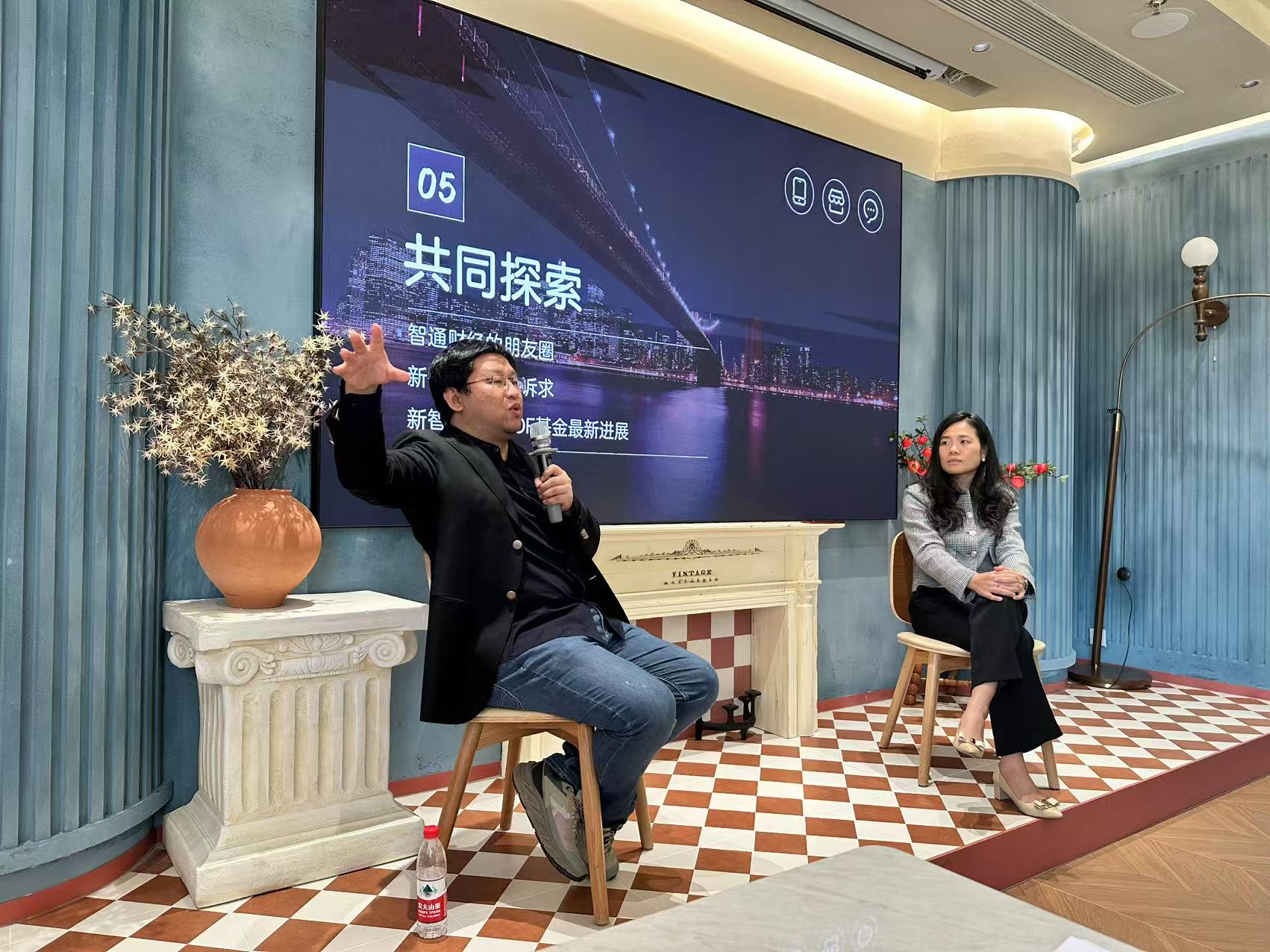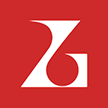Schroder Investment: Properly allocating alternative investments and traditional assets to diversify risk.
2024-03-13 15:30
Sheila Kang, Director of Diversified Asset Investment at Schroders, pointed out that diversifying investments across different asset classes to navigate inflation and interest rate changes remains crucial. In addition to traditional assets such as bonds and dividend stocks, incorporating alternative investments into the portfolio can broaden sources of return for investors and help enhance returns.
Sheila Ko of Schroders Global, the head of diversified multi-asset investments, pointed out that diversifying investments across different asset classes to manage inflation and interest rate changes remains key. In addition to traditional assets such as bonds and dividend stocks, including alternative investments in the portfolio can broaden sources of returns for investors, helping to enhance return on investment. Furthermore, alternative investments have lower correlation with financial markets, with asset trends differing from stock and bond investments, thus further diversifying risk.
Sheila Ko stated that the global economy is expected to reach a turning point in 2024 with a decrease in inflation and interest rates. Although financial markets are preparing for rate cuts, they anticipate that the low-interest rate environment of the past is unlikely to return for a long time. Even if the Fed has the opportunity to cut interest rates in the second half of this year, the bank believes that rates will remain at relatively high levels in the long term.
Convertible bonds and insurance-linked securities are two assets classified as alternative investments with potential returns and growth opportunities that the bank is optimistic about.
Compared to traditional bonds, convertible bonds offer the opportunity to exercise call options, allowing bondholders to convert their bonds into stocks. Therefore, convertible bonds not only provide stable returns but also offer the potential returns of stock investments, possessing the characteristics of being able to attack and defend. Generally, issuers of convertible bonds are smaller companies in the growth phase, and with expectations of Fed rate cuts in the second half of the year, stock market returns are expected to increase, making convertible bonds relatively attractive after risk adjustments.
Insurance-linked securities come in various forms, with one common type being "catastrophe bonds" that have almost no correlation with traditional asset classes. The return rate is based on natural disaster frequency and severity. Since the return rate of insurance-linked securities does not fluctuate with interest rates, returns are not affected by economic cycles. They can be used as hedging tools against global inflation and interest rate changes, enabling investors to effectively diversify portfolio risks. It is worth noting that retail investors generally cannot directly buy insurance-linked securities, but can invest through related fund products.
In addition to alternative assets, investors should not overlook the importance of appropriately allocating traditional asset classes. For example, stock investments help capture potential capital growth, while bond investments provide stable returns. In terms of stocks, Schroders Global investment still sees potential for long-term growth in high technology and artificial intelligence (AI) related sectors, which cover a wide range of industries beyond the semiconductor industry, including others such as network and cybersecurity companies with structural growth potential.
In terms of regional allocation related to the stock market, Schroders Global investment currently favors Japanese stocks. In recent years, the local exchange has introduced a series of reform measures to improve the governance of Japanese companies, including encouraging companies to buy back shares and focus on natural growth, enhancing the quality of companies. The bank expects the return on equity of Japanese companies to continue to improve and attract capital inflows. Additionally, the bank is optimistic about the US, Taiwan, and South Korean stock markets.
With regard to bonds, considering that the yield spread of investment-grade bonds denominated in USD has significantly narrowed, Schroders Global investment relatively favors investment-grade bonds denominated in euros.
Wang Qing, founder of Chongyang Investment, believes that the A-share and Hong Kong stock markets have essentially completed the process of filling and falling, and it is now time to reverse the layout.
The first batch of consumer REITs listed, Huaxia Jinmao Commercial REIT brings investors new investment opportunities.
RECOMMEND

Advanced investment education | FATCA & CRS leading global tax transparency, who is most affected?
04/08/2025

34 年股市老兵“曾阿牛”:跑赢纳指 110%仍不满足!从第一代股评家到对冲基金管理人的经历
14/06/2025

The first closed door meeting of the New Intelligence Roundtable Faction and the US Dollar Foundation was successfully held in Shanghai
01/05/2025
Customer Service

Add the WeCom

